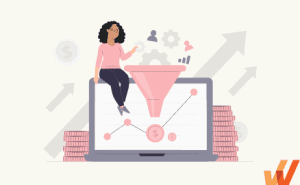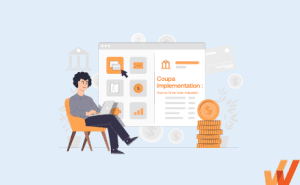
For any business to provide services and goods to their customers, they rely on suppliers to piece together the raw materials needed for their finished product.
This process isn’t as simple as going to the store and picking up some pre-fab parts. Large-scale operations must engage and build relationships with numerous suppliers and navigate the intricate supply chains they draw from.
What is Supplier Relationship Management (SRM)?
Supplier relationship management (SRM) is a proactive process by which corporate buyers, supply chain professionals, and procurement teams manage their vendors and suppliers to build a mutually beneficial relationship.
SRM teams use their intimate understanding of their business needs to assess risks and benefits associated with different suppliers and use those assessments to mitigate risks and steer the business toward success. SRM focuses on building positive relationships from the outset, which differs from supplier management, by which suppliers are managed reactively.
Why is Supplier Relationship Management Important?
As we have seen over the past several years, supply-chain issues can have cascading effects and bring entire industries to a screeching halt.
Supplier relationship management is vital to a business’s success because supplies make up the company’s products and services. These materials and vendor services make up a significant component of overall budgets, and their availability and cost hinge on the ability of buyers to navigate complex supply chains and promote these mutually beneficial relationships.
SRM allows team members to extract the absolute most value from supplier relationships by providing value for the supplier in return. By determining which suppliers offer the most value, buyers can develop a clearer picture of what’s keeping the wheels turning.
This information can then be used to construct strategic relationships with those suppliers in which each party contributes to the other’s performance. This process builds trust and respect, keeps supplies flowing, and brings abundant cost-saving opportunities.
Overall, this approach makes it possible for buyers to leverage relationships to reduce material costs and improve the quality of the products they can offer customers.
3 Goals of Supplier Relationship Management
While supplier relationship management centers on establishing mutually beneficial relationships between a business and its suppliers, there are some other goals of SRM processes:
1. Evaluate supplier performance
SRM provides companies with a structured method for identifying critical partners for the potential benefits and risks they pose to the company’s overall success. Establishing a system for consistently and effectively evaluating supplier performance helps buyers decide which relationships are most critical to nurture and when to part ways.
2. Develop and nurture supplier relationships
This main goal focuses on building these mutually beneficial relationships through collaboration and targeted relationship-building activities. Through this process, SRM compliments the other duties of buyers and procurement teams, like contract management and supplier performance monitoring.
3. Establish a risk management plan
The final goal of supplier relationship management is to use all the knowledge and insight gathered from tackling the above goals to build a plan to mitigate supplier-related procurement risk to the larger company. Once it’s clear which suppliers have the most significant impact on the business’s success, SRM allows buyers and procurement teams to establish a risk management plan to safeguard against disaster if supply chain issues arise

The Supplier Relationship Management Process
Step 1: Segment suppliers
Most businesses will have more than a few suppliers to manage through SRM efforts. To get started with supplier relationship management, teams should identify and separate suppliers into different categories, which will require different strategies and resources. Part of this process also involves ordinating them in terms of their effect on the risks and potential for success they pose for the company.
Determining the extent of these effects might have to do with the nature of their products and services, the amount of money the company spends on those goods and services, and the potential for innovation they can supply.
Building out this map will allow buyers to pinpoint the most and least critical relationships to nurture through SRM and provide an initial idea of what will be required to build those relationships.
Step 2: Create a supplier strategy
The next step is to develop a plan for how to construct these relationships and demonstrate how they can benefit both the supplier and buyer companies. Focus first on the most impactful suppliers, but don’t leave out the less critical ones. Set objectives, determine budgets, and incorporate analytic tools to monitor progress as the plan rolls out.
Step 3: Execute, monitor, and adjust strategy
Supplier resource management is not a one-and-done situation. The metrics set at rollout need to be tracked and evaluated to find out how they match the goals and needs of the SRM team.
A team member should be appointed to monitor the strategy’s progress regularly by monitoring analytics and adjusting tactics as necessary. Compliance and compliance training is also key here. Part of building a transparent relationship means being sure that every aspect of the operation is on the up and up.
✓ Thank you, the checklist will be sent to your email
9 Benefits of Supplier Relationship Management
1. Reduce costs
The positive relationships built through SRM provide a starting point for each purchase, meaning buyers don’t need to start from scratch. This means less time spent in addition to fewer costs associated with bidding, negotiating, and pulling together contracts.
2. Supply chain visibility
Supplier resource management can build trust and allow for increased transparency in buyer-supplier relationships. SRM software and vendor management software can house documentation and communication to streamline these interactions and increase visibility in a tangible way.
3. Utilize full supplier capabilities
An intimate knowledge of the capabilities and offerings of suppliers can allow buyers to take advantage of everything they have to offer. This can eliminate the need for going to other vendors for these services or products, further optimizing the entire process.
4. Risk management
SRM helps buyers identify their riskiest suppliers and mitigate the potential harm to business operations. This helps businesses avoid production delays and improve the quality of their products and services
5. Increased quality and competitive advantage
Constructing solid and mutually-beneficial relationships with suppliers that provide the most value allows production teams to use the highest quality materials and services to build better products. This gives businesses with healthy SRM a competitive advantage by ensuring the consistent production of high-quality goods and services.
6. Improve supplier performance
Building transparent relationships gives more opportunities to set performance expectations and provide feedback. This open communication brings more efficiency into the mix and increases the performance of supplier services over time.
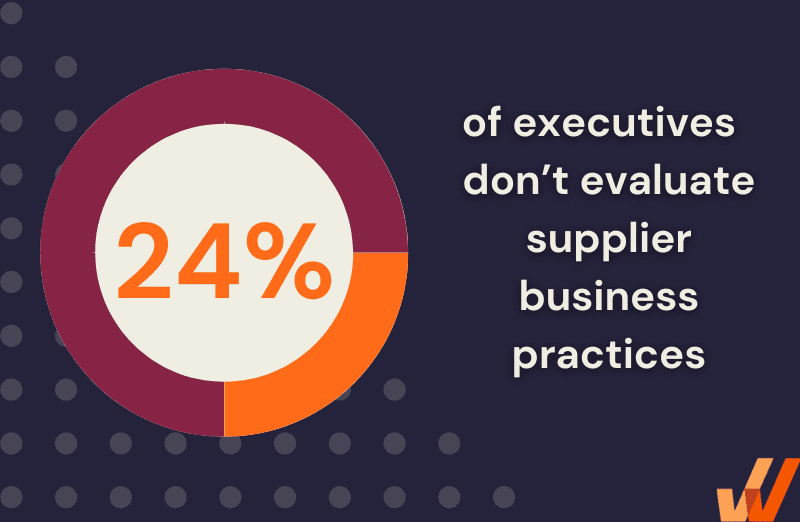
7. Better supplier communication and collaboration
By establishing a transparent goal of building a mutually-beneficial relationship, supplier relationship management lays the ground for improvements in communication and collaboration between buyers and suppliers.
8. Greater agility
That same foundation provides room for flexibility and agility in buyer-supplier relationships to respond to problems and change. This further improves the ability of a company to provide quality products and services while adjusting to volatility in the market.
9. Improve business continuity
Establishing solid relationships through SRM leads to increased reliability and responsiveness across the board. Building on these benefits contributes to a company’s ability to mitigate risk and keep functioning in the face of issues that can halt production.
5 Common Supplier Relationship Management Challenges
1. Lack of transparency and visibility
Constructing genuinely positive relationships with suppliers requires clear and honest exchanges between businesses and their suppliers. This can be difficult, especially depending on the business’s nature. One way to incorporate transparency and visibility into supplier relationships is to use SRM software that facilitates communication, documentation, and compliance.
2. Managing risk and continuity
Because the materials suppliers provide are so critical to a company’s success, the stakes are high for managing risk and continuity. This difficulty can be alleviated through the effective management of supplier relationships paired with careful planning. These strong relationships should be able to flex when necessary and provide a solid footing when issues arise.
3. Lack of supplier diversity
While it can be beneficial in certain respects to turn a supplier into a one-stop shop, it can also pose significant risks for the company. This potential challenge should be considered when segmenting suppliers to avoid risks with significant supply-chain issues. It may be beneficial to seek additional suppliers in specific categories to establish a safety net and avoid putting all the company’s eggs in a single supplier basket.
4. Being used only for cost reduction as opposed to strategic relationships
SRM’s effectiveness can only be attained when the relationships are mutually beneficial. Losing sight of this fact can pose issues for buyers. Of course, profits are a priority, but seeking short-term cost reduction over long-term benefits is unwise here. Building solid relationships means ensuring more fruitful outcomes, high-quality materials, and more profit in the long run.
5. Lack of alignment and clear KPIs
Because every line of business has its suppliers, categories can overlap across departments. This overlap can make it challenging to create KPIs that align with the needs of every area of the company. In these cases, it’s best to bring the parties at odds together to sort out big-picture needs and KPIs that will provide the most value across the board.
Top 5 Supplier Relationship Management Tools for 2024

1. Specright
G2 rating: 4.5/5
Cost: Contact Specright for a quote
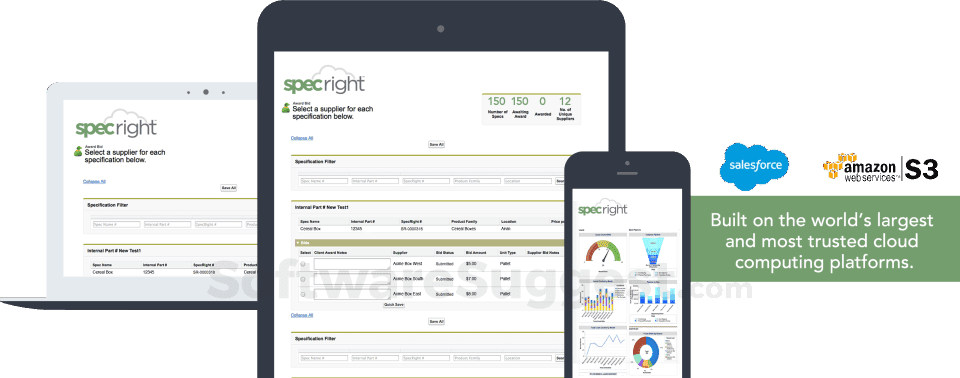
Specright is a cloud-based specification management software that can be used for supplier relationship management. This software lets buyers manage supplier contracts and documentation, generate supplier reports, monitor quality and sustainability metrics, and make data-driven SRM decisions. Moreover, buyers can use Specright to work directly with suppliers, allowing them to enter data into the program to avoid delays and miscommunications.

2. Anvyl
G2 Rating: 4.7/5
Cost: Starts at $500 per month, billed annually
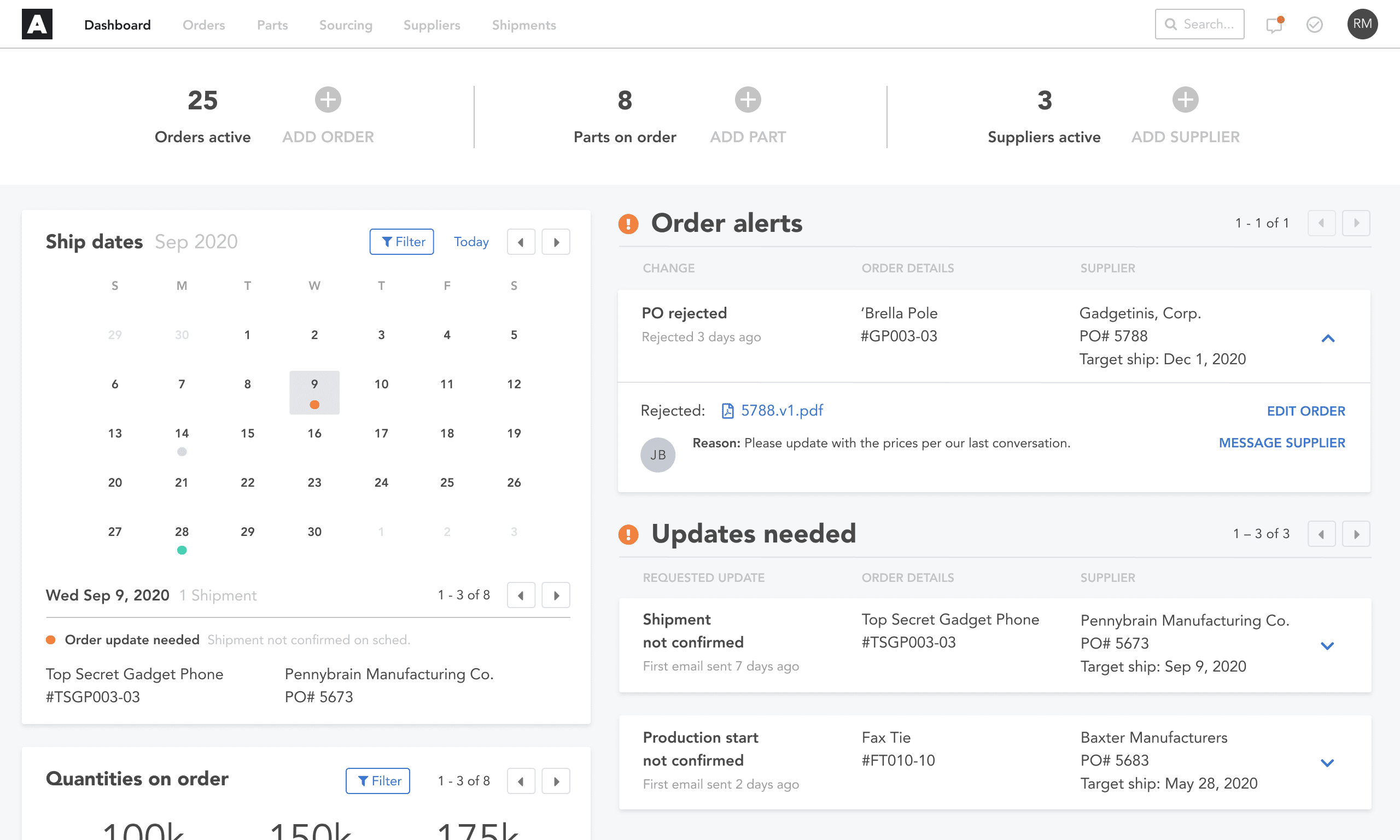
Anvyl is a production management software that allows companies to manage supplier relationships across the production process. This software provides multiple channels for communication with suppliers, performance monitoring tools, and document storage. This solution uses transparent design, automated workflows, and predictive analysis to facilitate supplier relationship management.

3. Whatfix
G2 Rating: 4.6/5
Cost: Contact Whatfix for a quote
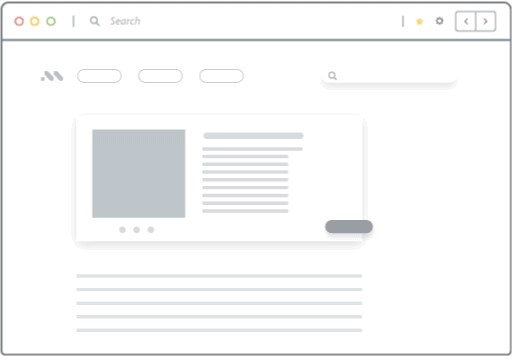
Whatfix is a digital adoption platform (DAP) that can facilitate supplier relationships by easing them into using supplier management applications and processes. Whatfix can provide a central source for communication between suppliers and vendors, in-app guidance and self-support options, and a receptacle for essential documents.

4. Convictional
G2 Rating: 4.6/5
Cost: Contact vendor for a custom quote
Convictional is a supplier enablement platform designed to help businesses source, onboard, and transact with vendors. This software can be used at every stage of a supplier relationship, from onboarding, through integration and scaling. Convictional provides onboarding options for several eCommerce software, including Shopify, WooCommerce, EDI, and CSV.

5. Pipefy
G2 Rating: 4.6/5
Cost: Starts at $24 per user per month
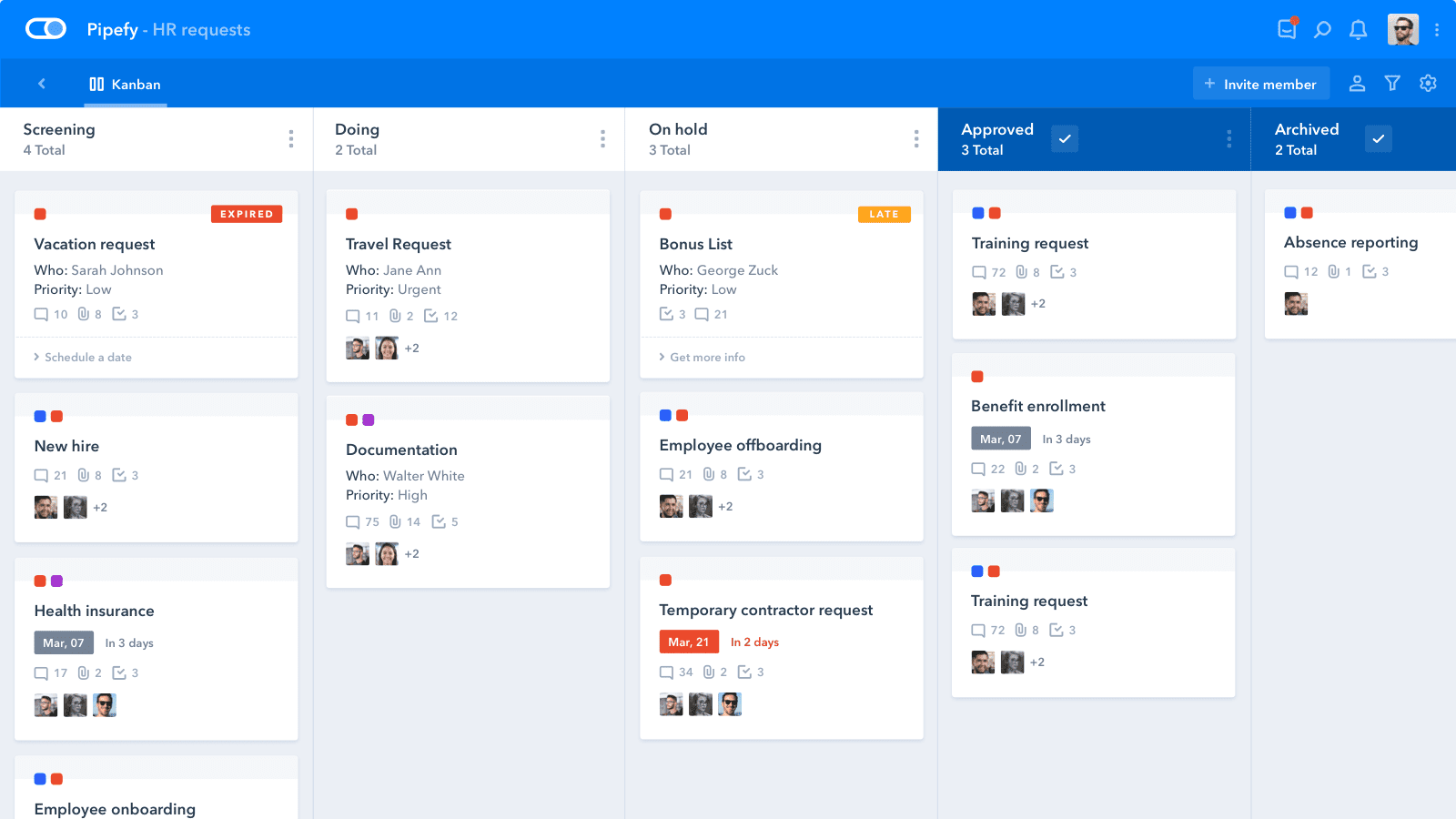
Pipefy is a workflow management software built to streamline business process management. Buyer teams can use Pipefy to create workflows that automate and optimize purchasing processes and house important information and contracts related to suppliers. Pipefy’s high visibility allows for transparent communication and collaboration between approvers and suppliers in a central location.
Using a supplier relationship management tool helps to build mutually-beneficial relationships with critical vendors over time. These tools, along with procurement software, can help procurement teams optimize processes through transparent communication, purchase tracking, and document storage features.
Supplier and vendor onboarding can be daunting, but incorporating a digital adoption platform like Whatfix can help.
Whatfix empowers organizations and suppliers to adopt and utilize supplier relationship management tools through step-by-step tutorials, smart tips, and even pop-up instructional videos. This additional support gives suppliers the tools they need to use any software fully.
Learn more about how Whatfix makes onboarding a breeze and drives supplier adoption today.
Software clicks better with Whatfix's digital adoption platform
Enable your employees with in-app guidance, self-help support, process changes alerts, pop-ups for department announcements, and field validations to improve data accuracy.
Thank you for subscribing!

